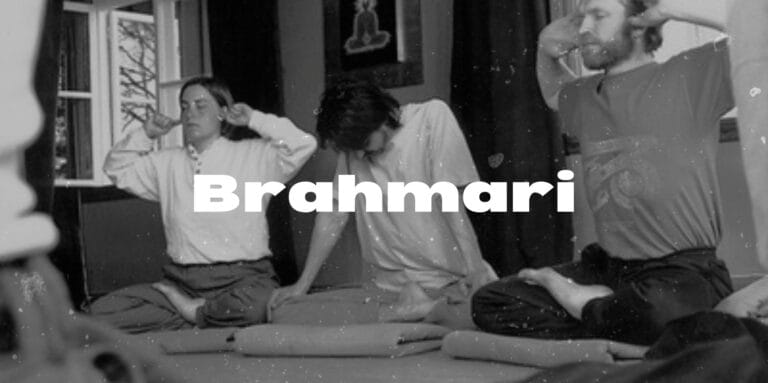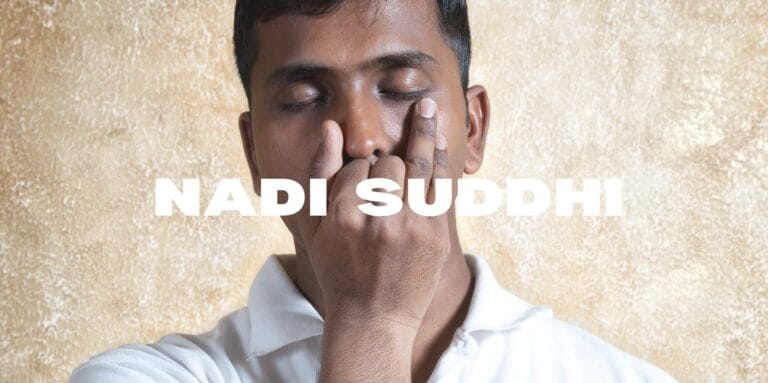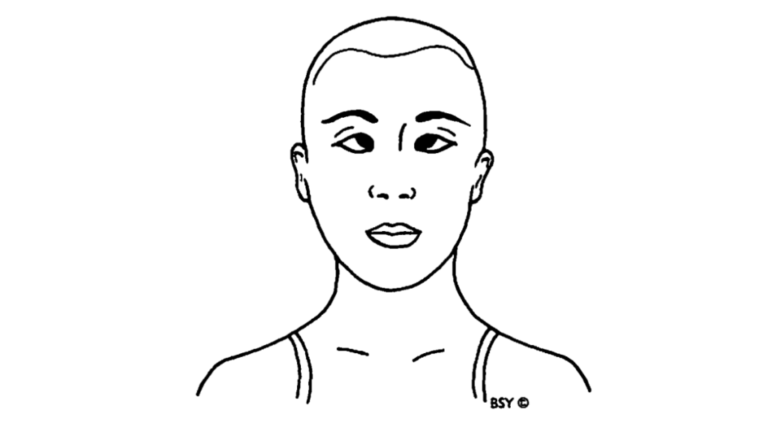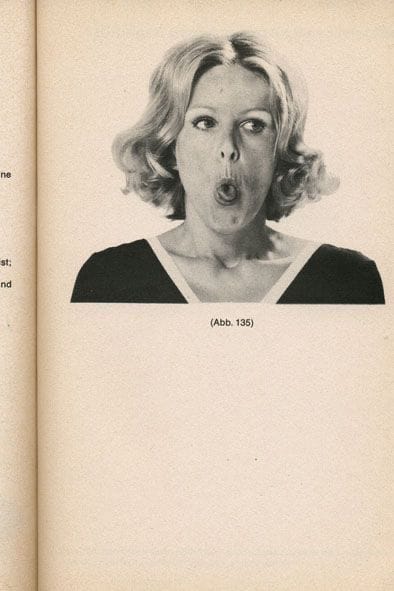Similar Posts


Brahmari
The adjective “Bhramari” can be translated from Sanskrit as “sweet as honey” or “that which produces ecstasy.” This powerful pranayama practice, often associated with the sound of a bee’s hum, evokes feelings of calm and inner joy. Bhramari pranayama has an immediate relaxing effect on the brain. When practiced consistently, even for just a few…
 Anataranga Yoga | Dharana | Mudra | Pranayama | Pratyahara
Anataranga Yoga | Dharana | Mudra | Pranayama | PratyaharaNadi Shuddhi
The ability to keep still like a yogi comes from dedication and consistent practice, not just a one-time “balancing” act. Patience, perseverance, and proper guidance are essential elements. Nadi Shodhana (often referred to as Nadi Sudhi) is a powerful pranayama (breathing technique) that involves alternate nostril breathing. This practice helps cleanse and balance the energy…

Shambhavi Mudra
Find Clarity, Peace & Intuition, and Re-set Your Sleeping Patterns with Shambhavi Mudra Shambhavi Mudra, often referred to as the “Eye Brow Centre Gesture,” is a powerful technique in yoga that can help you tap into deep inner wisdom and balance. This mudra involves focusing the gaze at the third eye (the area between the…

Learn how to perform Shitali Pranayama
Sit in a comfortable, upright position, such as Sukhasana (easy pose) or Vajrasana (diamond pose). Close your eyes gently and take a few deep breaths to relax your body and mind. Curl the tip of your tongue into a U-shape, resembling a rolled-up tube. Inhale slowly and deeply through the curled tongue as if you…

Kumbhaka
A State where there is no inhalation, no exhalation, and no mind. Kumbhaka, in yogic practices, refers to the retention of breath—holding the breath after inhalation or exhalation. It is often seen as a state of profound stillness and concentration, where there is no conscious breath movement, and the practitioner can transcend ordinary thought patterns….